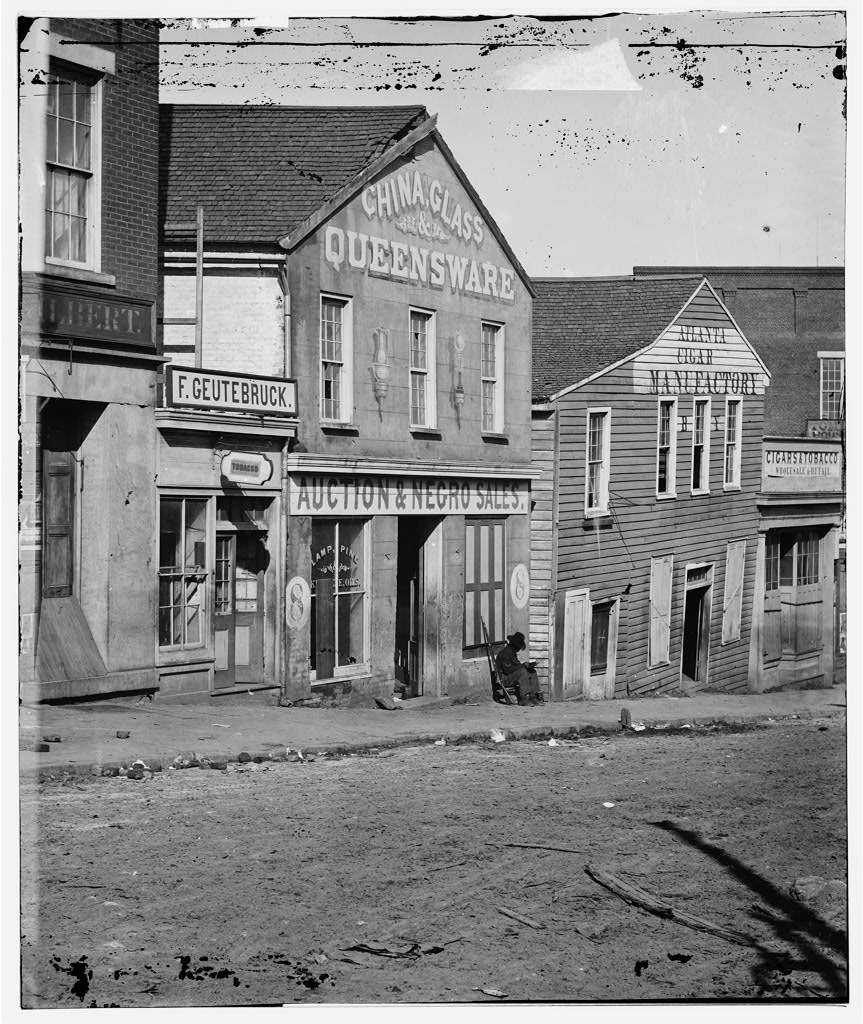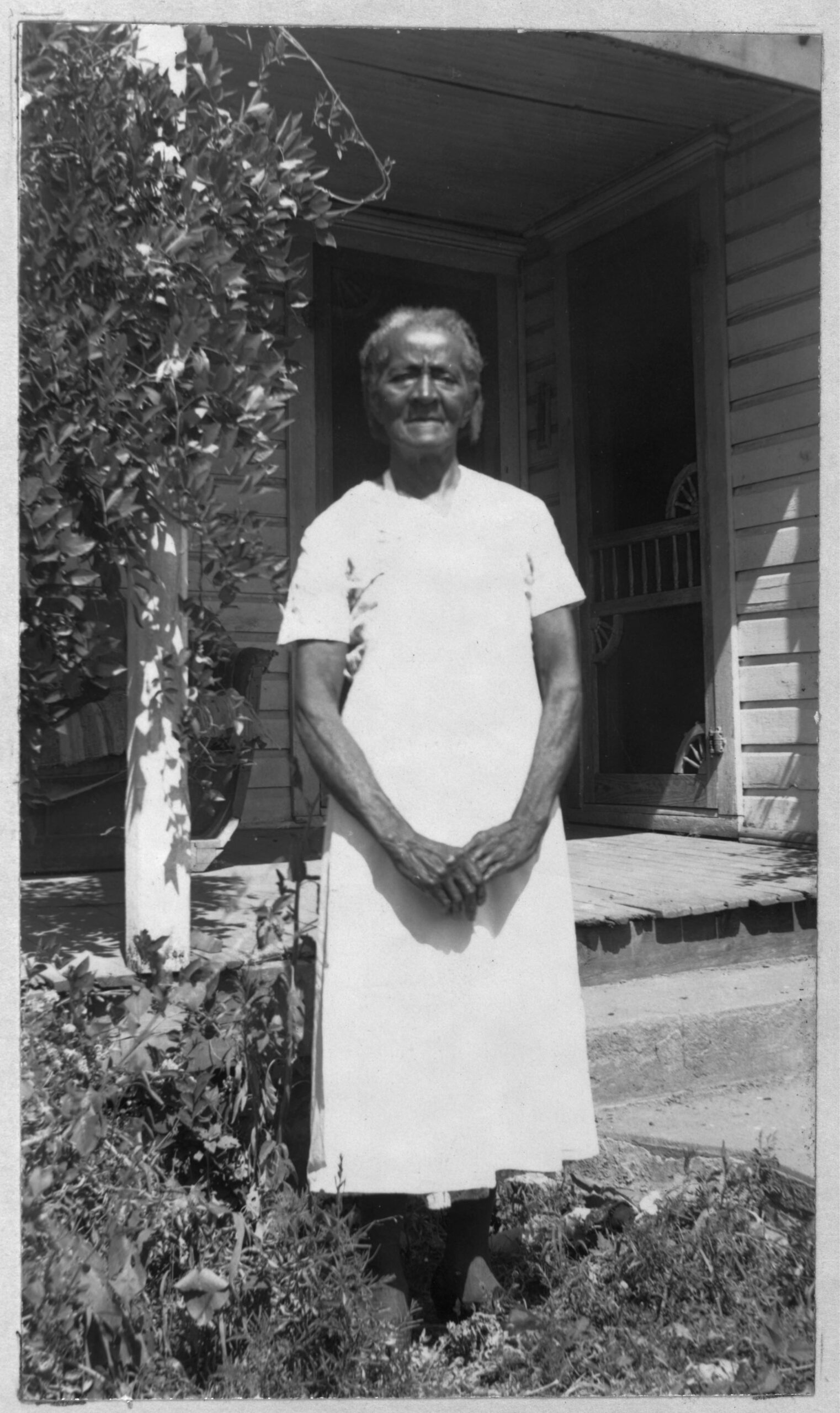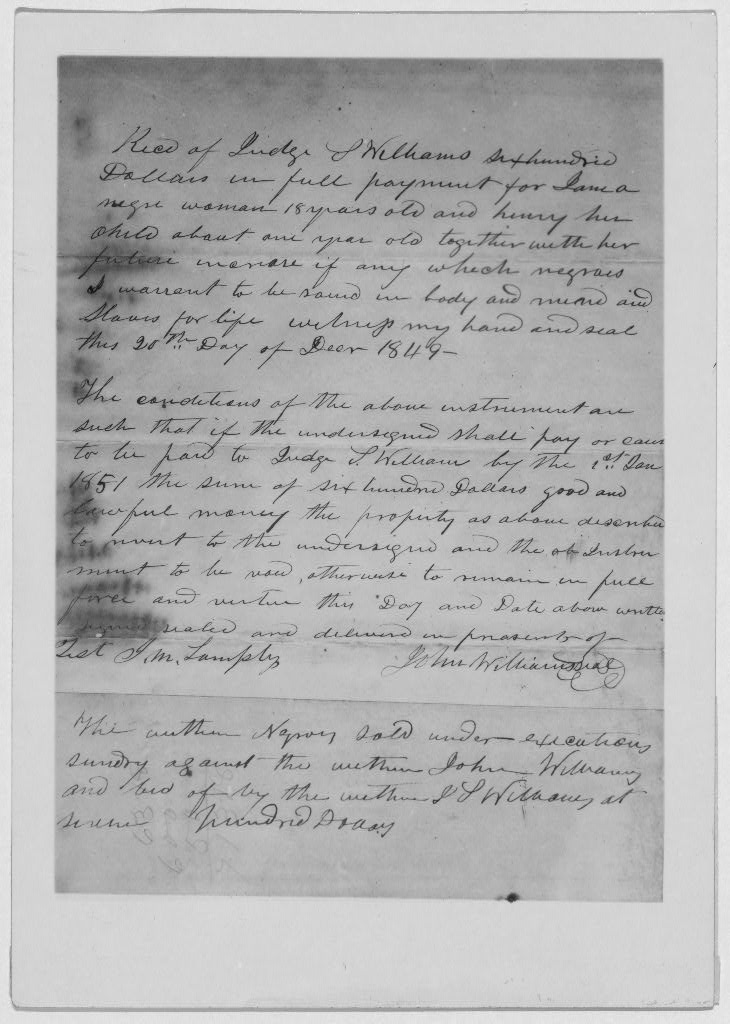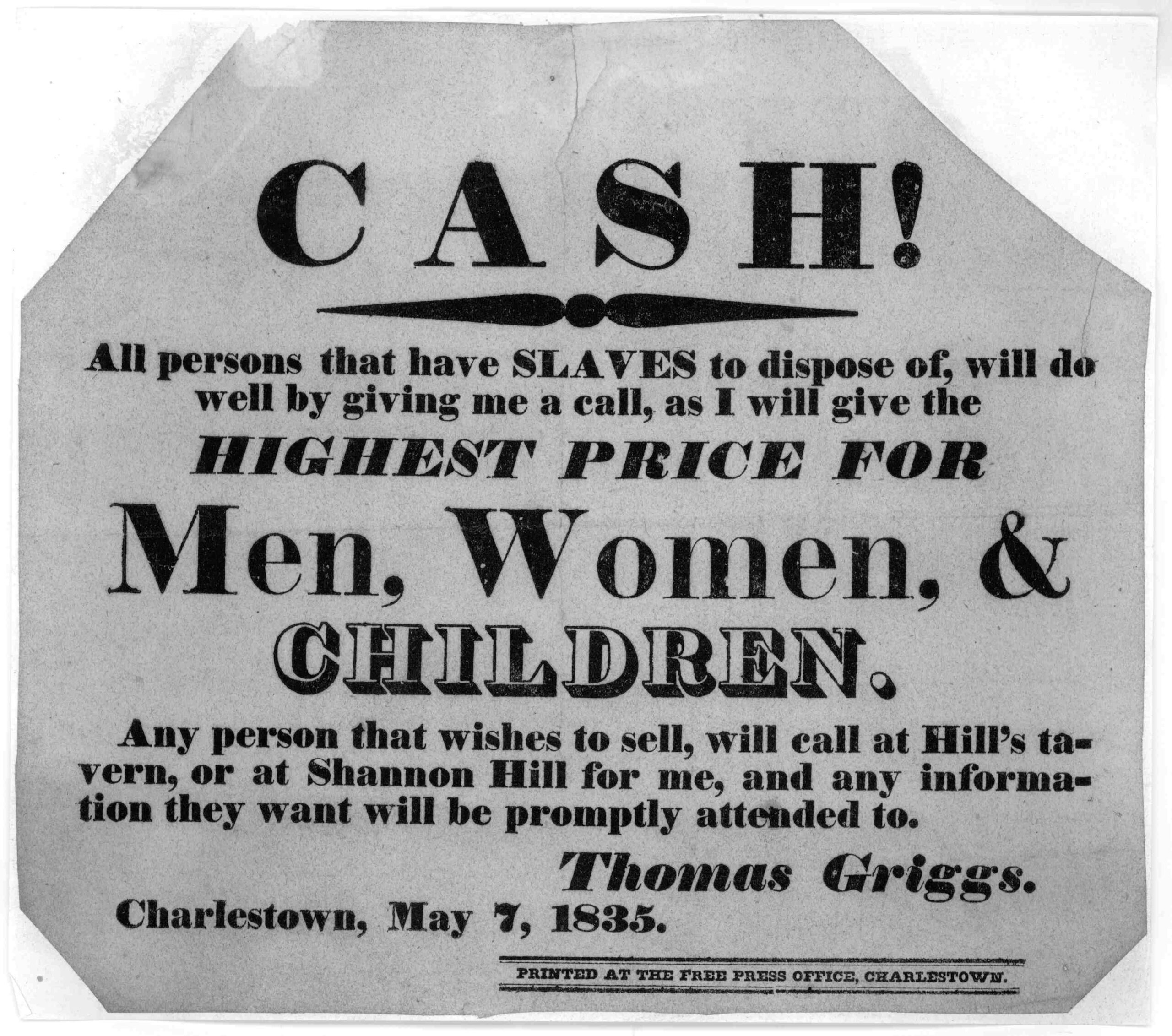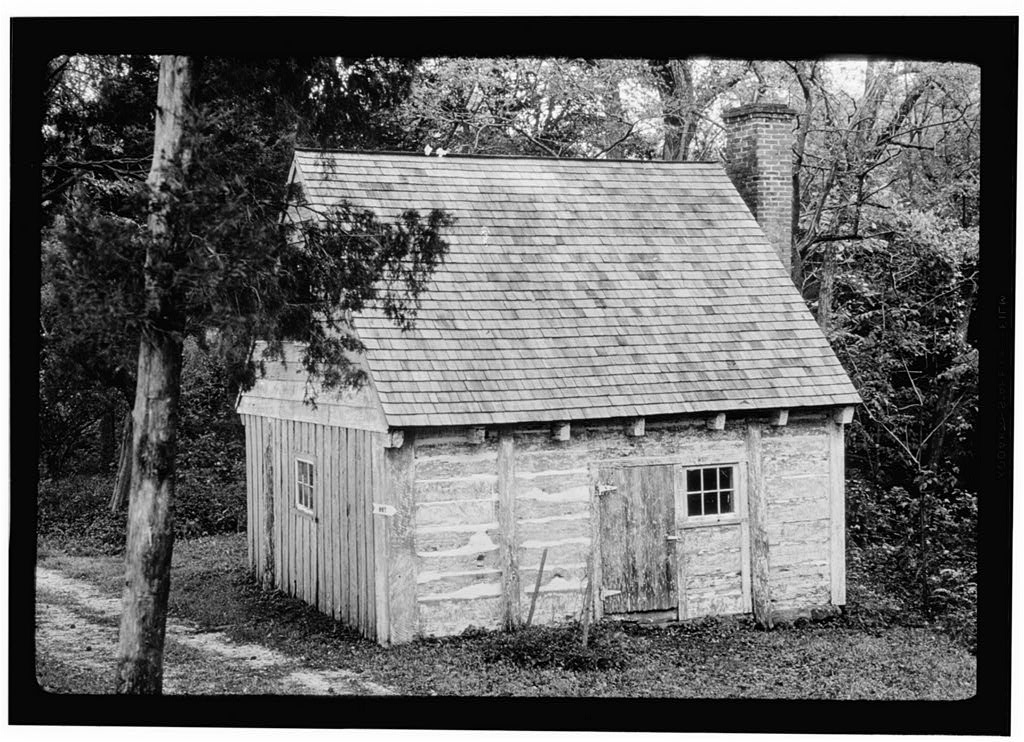Teaching about slavery can be a challenge, but it can also motivate students to think critically about the past. Often, educators prefer to cover the topic by focusing on abolitionists or narratives of formerly-enslaved people who fled slavery to the North. While these are key parts of the larger story of slavery in the United States, the vast majority of enslaved people did not escape to freedom and may never be accounted for past when their arrival was indicated on ship manifests at their port of entry after being trafficked from Africa. For older learners, these resources can give a more robust understanding of what slavery looked like in the specific.
When exploring these resources with your learner, keep the following in mind:
- Who originally collected this source?
- What resources were used to create this database?
- How might this resource be used to better understand the impacts of slavery on enslaved people?
- What information is missing from this resource?
SlaveVoyages
SlaveVoyages is an extensive website that compiles public records into searchable databases of both transatlantic voyages with human cargo and intra-American slave voyages. Learners can look through the thousands of voyages to get a better understanding of the extensive trade networks of which enslaved people were a large part. They also include a video of a 3D rendering of a slaving vessel.
- Do you notice any patterns in the data?
- Does anything surprise you?
Born in Slavery: Slave Narratives from the Federal Writers' Project, 1936 to 1938
The Library of Congress houses the slave narratives collected by the Federal Writers’ Project during the Great Depression. The linked collection includes the digitized version of the 17-volume project of more than 2,300 first-person accounts and over 500 black-and-white images. The volumes can be dense, but more easily-readable excerpts can be found here.
Sarah Frances Shaw Graves, age 87 at the time of her interview shared: “You see there was slave traders in those days, jes' like you got horse and mule an' auto traders now. They bought and sold slaves and hired 'em out. Yes'm, rented 'em out. Allotted means somethin' like hired out. But the slave never got no wages. That all went to the master. The man they was allotted to paid the master."
- Are there any common themes among the different narratives?
- How do the experiences of the formerly-enslaved people differ?
SlaveStories
SlaveStories.org features both written and audio recordings of formerly enslaved people. For example, it features the digitized audio recording and transcript collected from Isom Moseley of Gee’s Bend, Alabama.
The audio recordings on this site were originally collected by the federal government as a series of interviews called Voices Remembering Slavery: Freed People Tell Their Stories that took place between 1932 and 1975. You can find more info on them through the Library of Congress. In addition, many of the recorded people were photographed and their photos can be found here.
- Are you surprised that there are audio recordings of formerly-enslaved people?
- Why do you think these were collected?
Slavery in America: A Resource Guide
The Library of Congress has put together its own resource guide for people who may want to dive even deeper into this topic. They have collected many documents from a wide range of sources. Some collections include the collected papers of George Washington including a bill of sale where George Washington purchased enslaved people. Another collection of building surveys include photos of former slave quarters at a Maryland plantation. The printed ephemera regarding slavery is robust too and includes numerous broadsides for enslaved people for sale or for runaway slaves. If a learner is interested in military history, there are records like this one of the money owed to enslavers for the use of their enslaved men in the Confederate army.
- Are you surprised by the different kinds of records that can be helpful for studying slavery?
- When looking through this resource guide, what collection surprises you the most?

